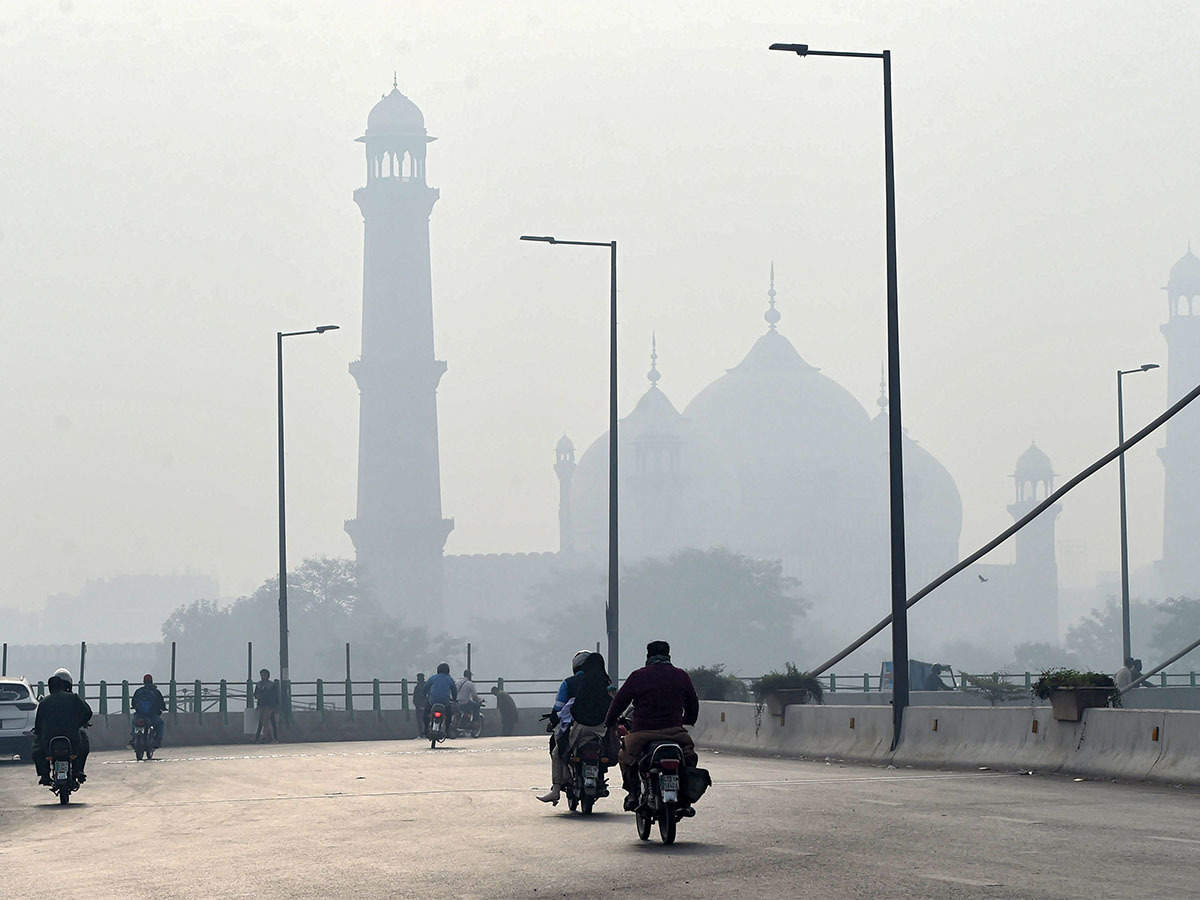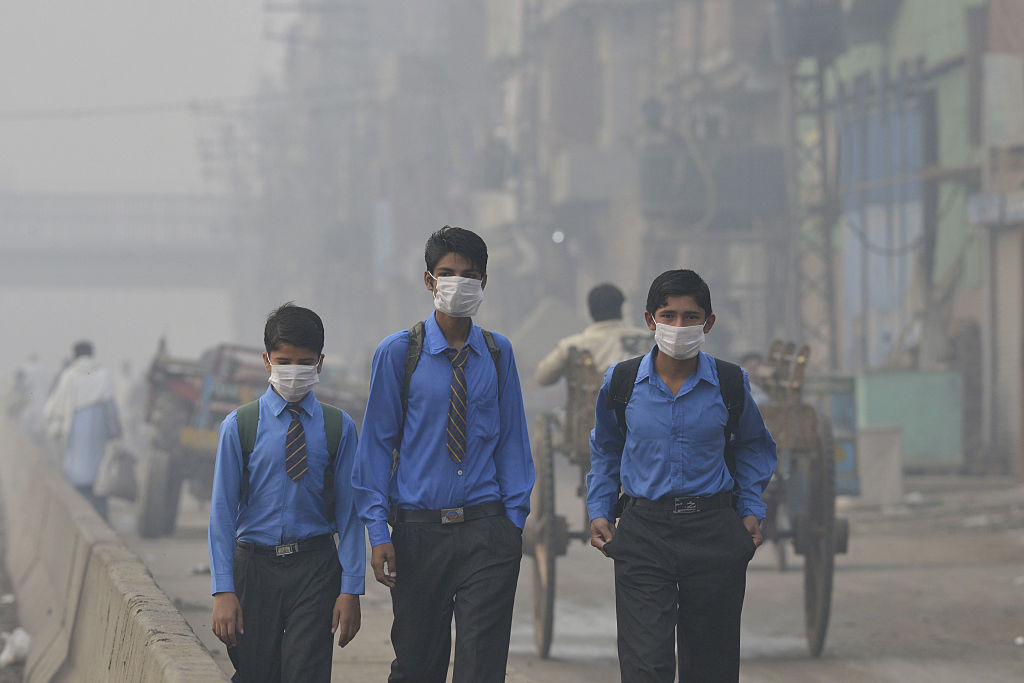The Punjab University (PU) on Monday installed 10 gadgets to measure the causes of air pollution at various locations in the city.
The PU with the help of Cranfield University, UK, has established an air quality monitoring network. It will perform high-resolution spatiotemporal measurements of air quality for the first time in Pakistan.



The sensors have been installed at Anarkali, DHA, Johar Town, Bahria Town, Township, PU, Walton, Iqbal Town, and Wapda Town. These sensors will provide real-time data. It will be open access for the public, students, researchers, institutions, policymakers, and international agencies.
Additionally, the findings will be used to educate the public, government, and lawmakers to control health hazards of pollutants and curb pollution. The data will also be used by researchers to assess air quality’s impact on human as well as animal life and environmental health.



Dr. Zulfiqar Ali of the PU and Dr. Zaheer Ahmad Nasar of Cranfield University have established partnership programs to develop the capacity for postgraduate teaching and research on air quality management in Pakistan. The two are participating in the project entitled ’High-resolution Spatio-temporal measurements of air quality in Lahore’.
This study is part of a project ‘Enabling mitigating the air quality challenges in Hindu Kush Himalaya’. It is led by Dr. Nasar, Prof Neil Harris, and Dr. Chris Walton from Cranfield University in collaboration with Dr. Ali and Dr. Iqbal Mead (regional program manager – Atmosphere, ICIMOD, Nepal).
The academics from the UK and Pakistan have conducted four workshops prior to establishing the air quality network.
Managing air quality
Students and researchers of the PU participated to extend their knowledge on air quality challenges and their drivers in Pakistan. Also, the potential of low-cost air pollution sensors to investigate and manage air quality.



The PU has already established a network of sensors throughout Lahore. Moreover, they will extend this network to further areas of Pakistan and other countries of the Hindu Kush Himalaya in the next phase.
Increasing levels of air pollution — indoors and outdoors — have significant environmental and human health consequences at regional and global levels. However, the country lacks the capabilities to manage air quality. Among the major challenges to improving and managing air quality are limited financial, human, and technical resources.
Over the years, humans have been busy with the degradation of land. Not to forget, the drastic skyrise in carbon footprint. Occurring mainly due to industries dumping heavy metals waste and emitting harmful oxides into the air.
Following the coronavirus lockdown last year, a study claimed that ever since China closed its industries, a sufficient decrease in global pollution was noticed.
What do you think of this story? Let us know in the comments section below.


















